New Exhibition Lets You Look at Art While Playing Pinball
Kings and Queens tracks the game’s influence on a group of Chicago artists
Chicago and pinball go together like peanut butter and jelly. The city was once home to a huge collection of pinball machine manufacturers and, according to one estimate, more than 460 machines are still embedded throughout the city. At the height of the game’s popularity, Chicago's pinball scene even helped inspire a new kind of art. Now you can check it out—while playing vintage pinball machines—in the Chicago suburbs at a new exhibition.
It’s called Kings and Queens: Pinball, Imagists and Chicago, and it’s running at the Elmhurst Art Museum through May 7. The exhibition examines how Chicago-bred pinball design influenced a group of artists known as the Imagists.
The Chicago Imagists emerged from the Art Institute of Chicago in the late 1960s—a time when the Chicago art scene was often overlooked. The Imagists weren’t a formal group per se, but had a distinct graphic style and a fantastical, in-your-face quality that made them stand out from their peers.
Pentimenti Productions—whose film, “Hairy Who & the Chicago Imagists,” will screen at Elmhurst College on March 31—created an epic website dedicated to the Imagists. Artists like Ed Paschke, Barbara Rossi, Art Green, and Suellen Rocca became known as part of the movement, they write, and explain that the artists displayed their work in collective shows with psychedelic names like Hairy Who.
“Variously pugnacious, puerile, scatological, graphic, comical, and absurd, it celebrated a very different version of ‘popular’ from the detached cool of New York, London and Los Angeles,” they write.
The Imagists’ style had deep links to pinball. The movement rose just as pinball reached its peak in the city. As a pop culture phenomenon, the bright colors and flat imagery of pinball machines began to influence the Imagists.
The exhibition focuses on the machines of the Gottlieb family, who owned a pinball factory in Chicago. Their tables are at the exhibition for visitors to play—including “Gottlieb’s Kings and Queens,” the game that inspired the show’s name.
The museum’s executive director says in a press release that she got the inspiration for the show at the Pinball Hall of Fame in Las Vegas when she learned about the dominance of the Chicago pinball industry. It just goes to show that inspiration can be found just about anywhere—and that the sights and sounds of the world around us can always become the basis for even more art.
/https://tf-cmsv2-smithsonianmag-media.s3.amazonaws.com/accounts/headshot/erin.png)
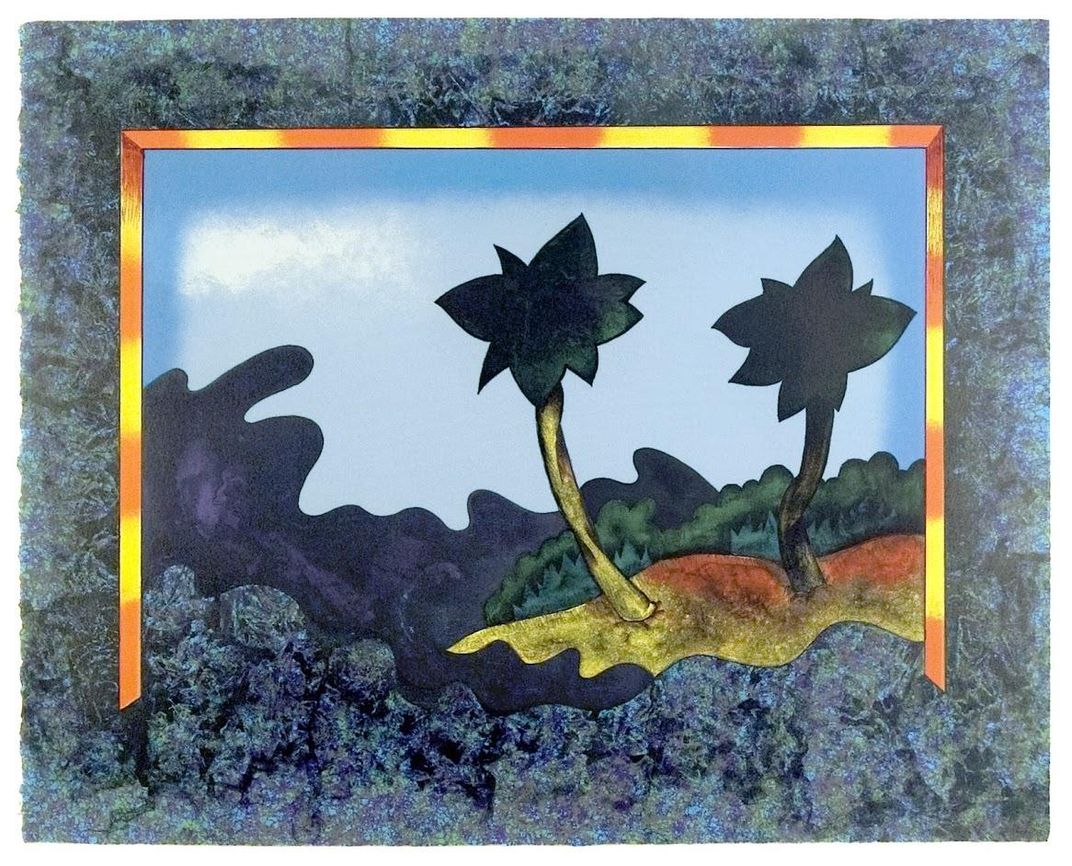
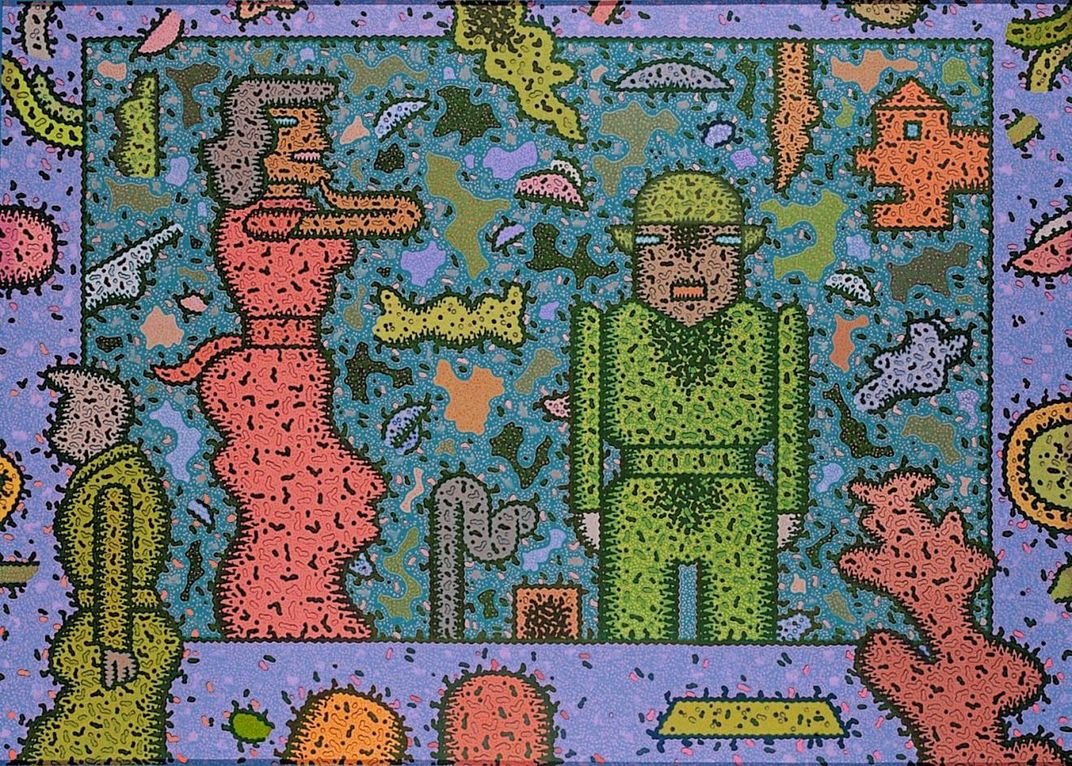
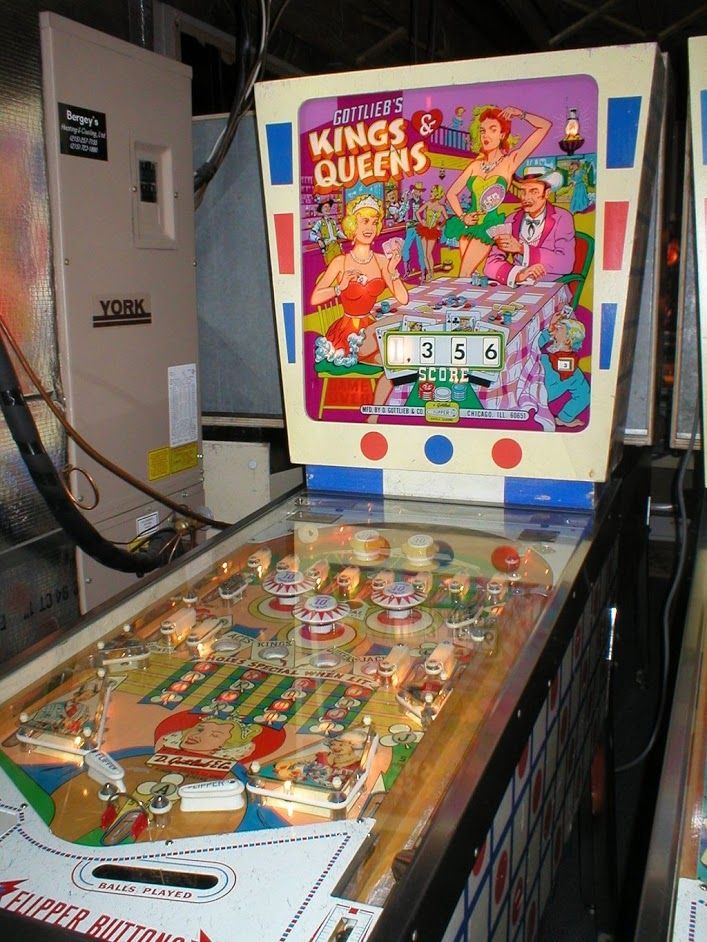
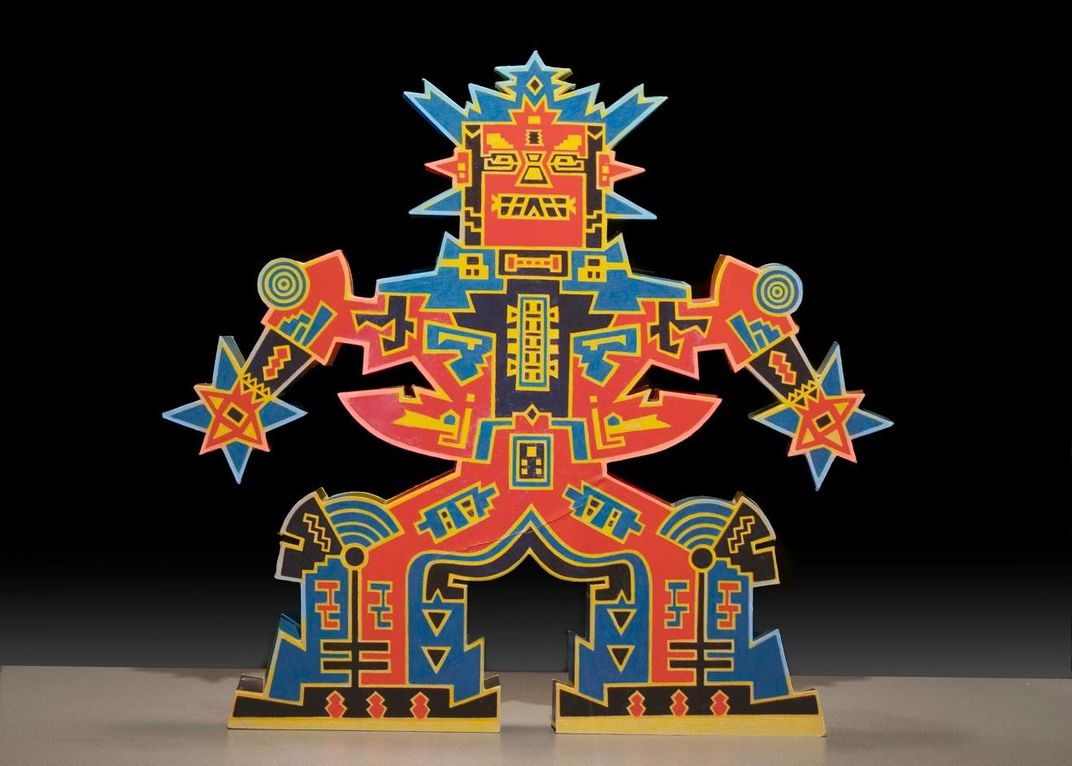
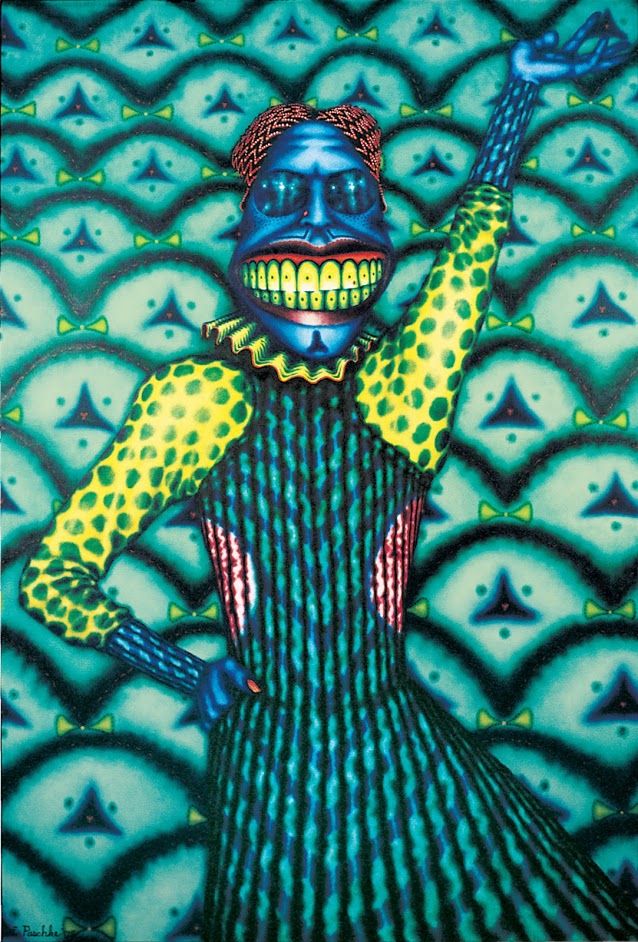
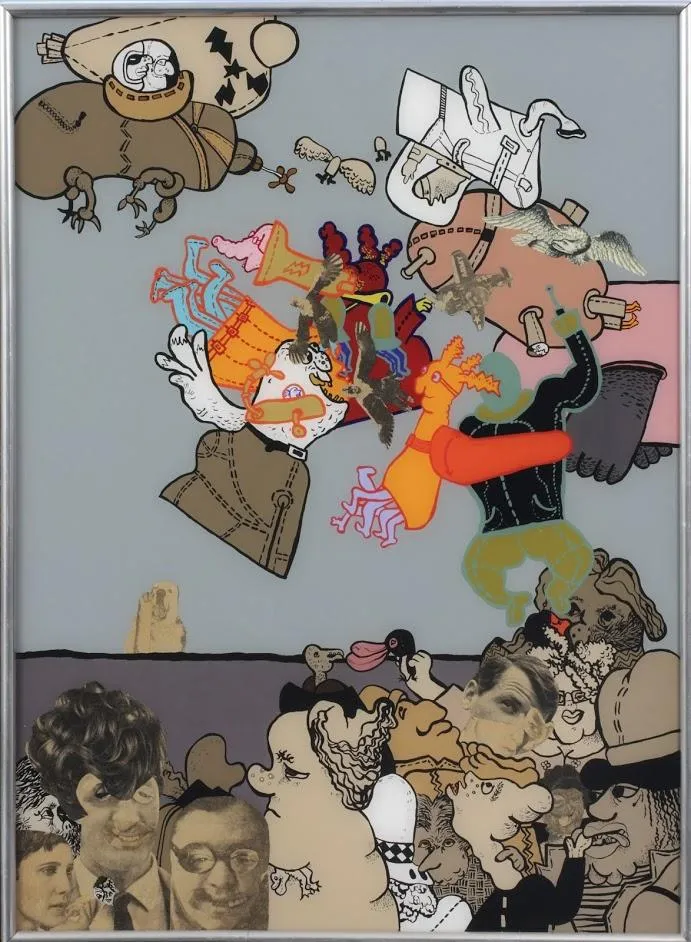
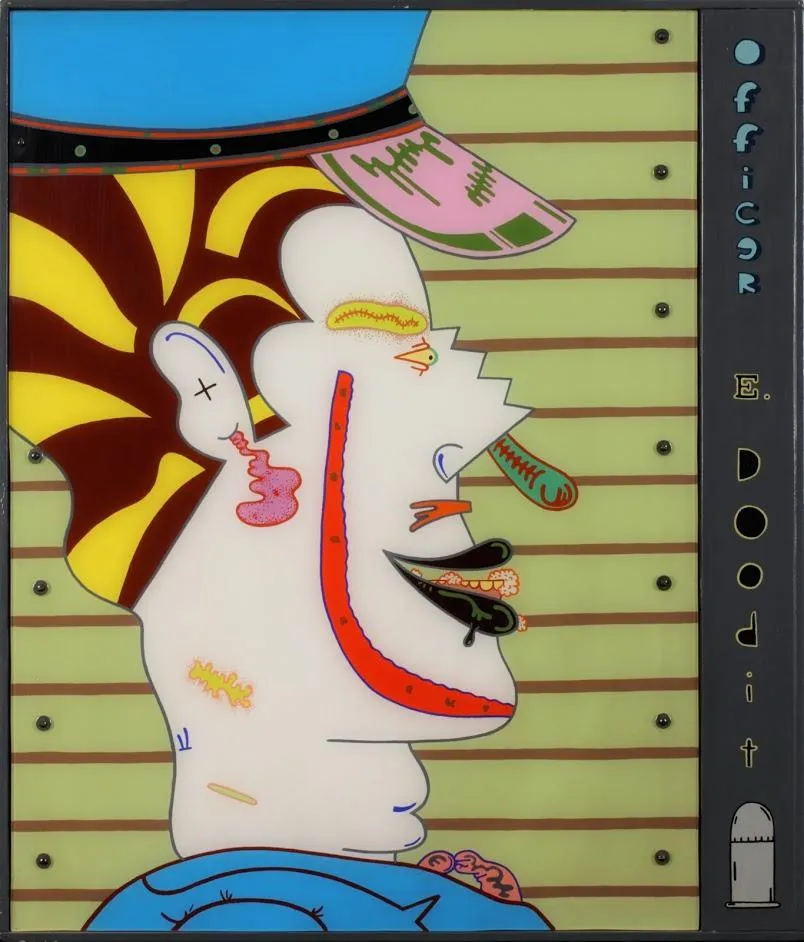
/https://tf-cmsv2-smithsonianmag-media.s3.amazonaws.com/accounts/headshot/erin.png)